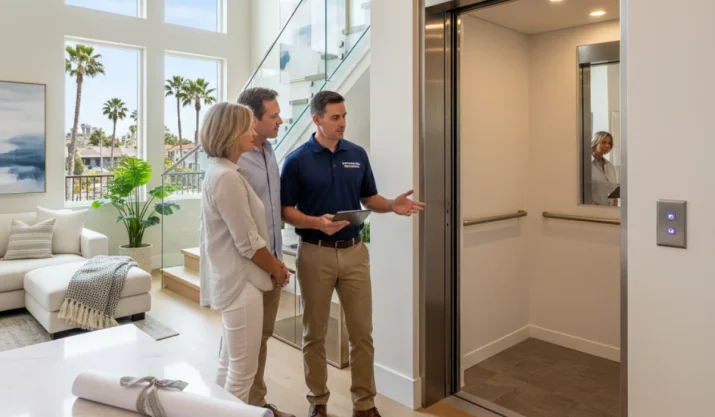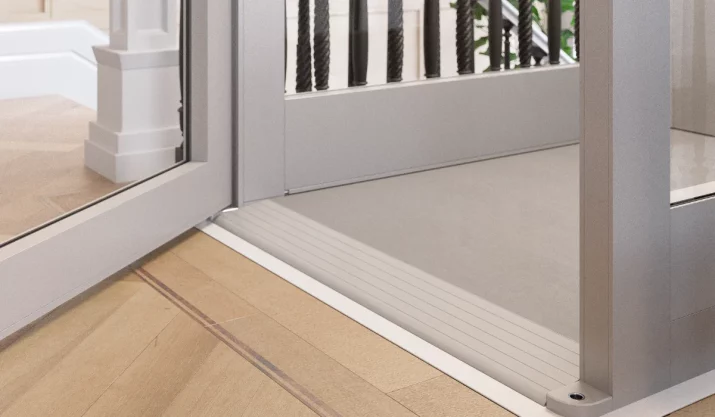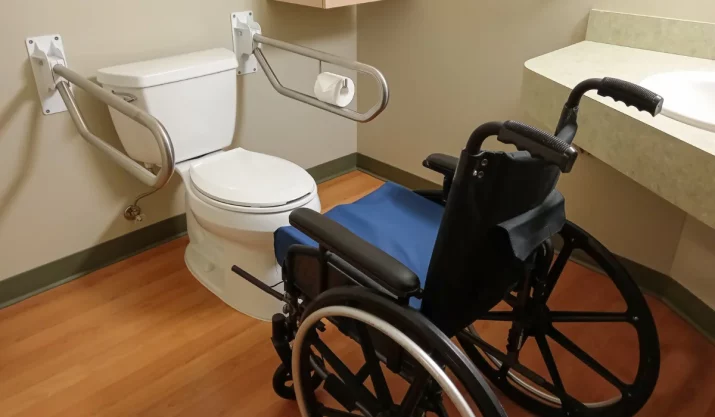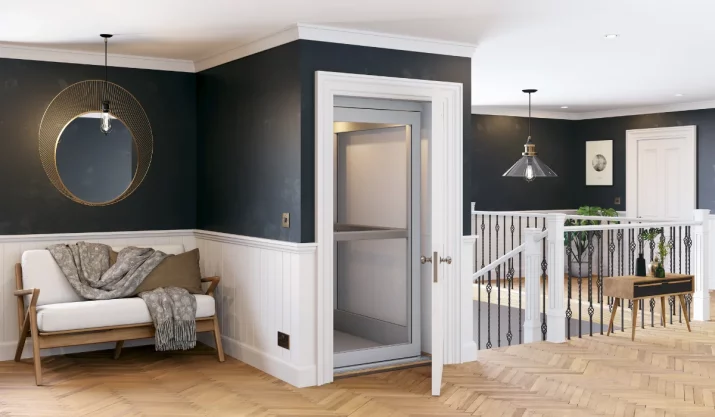Compact Home Elevators for Condos and Townhouses in California

Table of Contents
- Key Takeaways
- Why Compact Home Elevators Work in California Condos
- Retrofitting Elevators in Existing Homes
- Choosing the Right Type of Compact Elevator
- How Elevators Improve Comfort and Value
- Design and Space Planning
- Cost and Retrofitting Factors
- Making the Right Elevator Choice for Your California Home
- FAQs
California condos and townhomes are great, but tight spaces and stairs can make daily movement hard for older adults and people with disabilities. Even simple tasks, such as carrying groceries or laundry, can become a challenge.
The good news? Manufacturers design modern compact home elevators for small spaces. These systems fit neatly into condos and townhomes, providing a safe and simple way to move between floors.
This guide demonstrates how compact elevators fit snugly into tight California homes. It also explains retrofit steps and which elevator types match your layout and budget.
Key Takeaways
- Compact home elevators and vertical platform lifts make multi-story condos safer and easier to navigate.
- Retrofitting an elevator adds convenience without reducing your living space.
- Different types of in-home elevators fit various budgets, spaces, and mobility needs.
- Elevators enhance the quality of life and increase the long-term value of a home.
Why Compact Home Elevators Work in California Condos
A home elevator is more than a convenience; it’s an essential upgrade for many homeowners in California. Condos and townhouses often have small footprints, and space-saving designs make vertical mobility possible even in the tightest layouts.
Nowadays, it’s easier than ever to install a home elevator in a condo or townhouse, thanks to compact systems specifically designed for smaller homes.
Modern residential elevators use machine-room-less (MRL) or pneumatic vacuum systems. Because they don’t need a big machine room or a deep shaft, the design saves space and keeps your home open and easy to use.
In cities like Los Angeles, Sacramento, and San Diego, compact elevators offer benefits similar to indoor stair lifts in California, but with more comfort and design choices. They help you navigate your home without tiring on the stairs.
Retrofitting Elevators in Existing Homes
You don’t need to move to enjoy an in-home elevator. Retrofitting a home lift or vertical platform lift in California is now easier than ever. These compact systems can fit in a closet, hallway, or stairwell, places that are usually underutilized. You can even install a split-level home elevator without remodeling, making it a convenient and straightforward upgrade for multi-level homes.
At California Mobility, our experts plan each home elevator installation in California around your floor plans and home design. Because many elevators are machine-room-less, they take up less space and cause minimal disruption during construction.
A retrofit provides lasting mobility for people with disabilities and for anyone who wants to age in place. It adds function and value without major remodeling.
Choosing the Right Type of Compact Elevator
When choosing a home lift in California, it’s helpful to know the main types of elevators and how they fit your home. Understanding these options helps you choose the best elevator for your home, taking into account your space, style, and accessibility needs.
Hydraulic Elevators
Hydraulic elevators use a piston and fluid to move smoothly and quietly. They often carry more weight, which helps with wheelchairs or two riders. They work well in two-story homes and small residential spaces.
Traction and MRL Elevators
Traction elevators utilize cables and counterweights to lift the cab efficiently. Machine-room-less (MRL) traction models store the equipment inside the shaft, saving space and energy. For homeowners wondering whether hydraulic or traction home elevators are better suited for their California townhouse, traction systems are an excellent fit for taller townhouses where space and energy efficiency are most important.
Pneumatic Vacuum Elevators
Pneumatic elevators move with air pressure instead of cables or pistons. They are lightweight, compact, and work well where digging a pit or building a full shaft is not possible.
Vertical Platform Lifts
Vertical platform lifts are smaller, open lifts that move between short levels, such as from a garage to a living area or an entryway. They’re a practical choice for people with mobility issues who need easy access between floors.
The primary difference between home lifts and platform lifts is that home lifts are fully enclosed and travel multiple stories. In contrast, platform lifts are open designs designed for shorter distances and simpler installations.
How Elevators Improve Comfort and Value
A compact home elevator adds safety, comfort, and convenience to your daily routine. For older adults, these benefits go a long way toward making home elevators worth it for seniors. For residents with disabilities or anyone wanting to avoid flights of stairs, it can transform your home life.
Installing an elevator enhances your quality of life by reducing strain and creating a more accessible space for everyone. It also boosts your property’s real estate value. Buyers appreciate homes with built-in elevator solutions, especially in competitive California markets.
Compact models are also energy-efficient and require little maintenance. Compared to stair lifts, they use less power and offer smoother, quieter operation.
Design and Space Planning
Manufacturers design compact elevators to fit smaller homes. You can choose glass, wood, or stainless finishes to match your décor. Many models include touch screens, LED lighting, and quiet motors.
Before installation, the team reviews your floor plans, safety needs, and weight limits to pick the best setup. With careful planning, even small homes can add full vertical travel without losing living space.
Cost and Retrofitting Factors
The cost of a home elevator or home lift depends on the model and customization. Hydraulic and pneumatic systems are often most affordable, while traction models may cost more but use less energy.
Retrofitting costs vary based on your home’s layout and materials. Newer townhomes may require a few adjustments, while older homes may need minor updates to the flooring or electrical systems.
Most modern elevators include safety systems that work during a power outage, allowing the cab to return to the nearest floor safely. This feature makes home elevators safe during an earthquake in California.
Making the Right Elevator Choice for Your California Home
In California homes, a compact elevator or platform lift can make daily life easier and safer. Whether you retrofit or build new, these options offer long-term comfort and access.
At California Mobility, we install elevators and mobility solutions for homes in California. Our team helps you select the best fit for your space and needs, allowing you to stay comfortable at home.
To schedule a free consultation, contact us today. We will help make your condo more accessible with the right elevator for your space.






